1997-08-29 00:00
[ Hamburg’s Polish Transit Turnover Increasing ]
At a Port of Hamburg Evening on September 3 in Warsaw, the Chairman of
Port of Hamburg Marketing and Public Relations(HMVW), Dr. Hans Ludwig
Beth, pointed to Hamburg’s seccessful penetration of the Polish mark
et and its growing significance as a bridge between Poland and its ove
rseas markets. Thanks to the hard work put in by the Port of Hamburg
’s Representative Office and port operators in the Polish market, the
volume of transit cargo handled in Hamburg for Poland rose by some 9.
6% in 1996-despite tough competition and the economic difficulties in
various markets for Polish goods. According to official statistics, P
oland’s transit turnover increased to nearly 700,000 t with outgoing
and incoming cargoes up significantly.
Improved coastal feeder ship connections, rail freight links particula
rly block trains running between Hamburg and Poland with attractive tr
ansit times of 26-30 hours) and highly frequent sailings to and from E
ast Asia and South America contributed significantly to the good trans
it results, in 1996 the volume of containers carried by Poland alone r
ose by 20% to some 30,000TEUs. There are services from Hamburg to Lod
z, Puazkow/Warsaw, Glelwitz, Poeen, Kaltowitz and Sastokai. For 1997
the top management of this German-Polish joint venture owned by PKP(Po
lish Rail), the Hamburg port company HHLA and the forwarders Egon Wenk
expects cargo turnover to be about 10% higher. Significant increases
in traffic are also expected in coastal shipping, partly because of a
new feeder service for bananas. Traffic between Hamburg and Gdynia i
s particularly important here with 62,000 TEUs carried in 1996 alone.
Official statistics show that in all, nearly 900,000 t of cargo was lo
aded and unloaded by the Port of Hamburg in sea-to-sea trade on Poland
’s behalf last year(bilateral trade and transit traffic). About a th
ird of this total was containerized LCL cargo. The 1996 figure repres
ented a slight fall on the 1996 total, above all as a result of the de
cline in sea-bome coal imports. This was not only due to the weakness
of the German economy and stagnating demand from steel and power plan
ts but also because of the negative effects of restructuring measures
in Poland’s coal industry.
In addition to this sea-to-sea traffic there was also three times as m
uch land-bome cargo (cy rail and road), inland waterway shipping still
plays a minor role in pre-and post-carriage traffic with Poland, only
accounting for around 100,000 t a year. Here there is obviously a gre
at deal of growth potential which is currently being sounded out by De
utsche Binnenreedarel.
In 1996 Poland accounted for some 88 of Central and Eastern European t
ransit traffic via the Port of Hamburg.
The volume of incoming cargoes bound for Poland via Hamburg(citrus and
tropical fruits, clothing and textiles, coffee, electrical goods, pla
stic goods, machines, canned fruit and vegetables, rubber, plastics, l
oya, etc.) was around three times that of outgoing cargoes(in volume t
erms).
The main supply countries were China, Hong Kong, South Korea, Ecuador(
fruit), Indonesia, Taiwan and Thailand. The most important destinatio
ns for Polish goods were Singapore, Saudi Arabia, the USA, India, Thai
land, China and South Korea. Growth was particularly dynamic in outgo
ing cargoes of paper and cardboard, glass, intermediate and semi-finis
hed chemical products, plastics, building materials and wood pulp/cell
ulose. Bulk cargo dominated short-sea traffic between Hamburg and Pol
and whereas the main products imported from Poland were coal, fuels an
d tubricants with oiloake the main export commodity.
Hamburg’s port economy is confident that the volume of cargo handled
for Poland will continue to rise-both this year and in the medium term
. Hamburg is banking on container traffic with high-value LCL cargoes
as the No. 1 engine of growth. Fruit, heavy goods and bulk cargoes a
re not only key pillars of Hamburg’s Polish traffic but also reflect
the port’s universal character. There are also positive expectations
of increased turnover through exports of forestry products, glass and
chemicals and imports of fruit (7% growth expected) and consumer good
s.
The propects of economic growth in Poland, strong domestic and foreign
investment, the growing domestic demand for imported goods and increa
sing exports of high-tech Polish products have fualled this optimism.
The demand for foreign capital goods to continue the process of moder
nizing Poland’s economy also offers interesting prospects of particul
ar interest to Hamburg include investment in Poland by the South Korea
n automobile industry which ships ckd parts to Poland via Hamburg.
As far as the future is concerned, the Port of Hamburg continues to ba
nk on the “Eastern European tiger”.
Port of Hamburg Marketing and Public Relations(HMVW), Dr. Hans Ludwig
Beth, pointed to Hamburg’s seccessful penetration of the Polish mark
et and its growing significance as a bridge between Poland and its ove
rseas markets. Thanks to the hard work put in by the Port of Hamburg
’s Representative Office and port operators in the Polish market, the
volume of transit cargo handled in Hamburg for Poland rose by some 9.
6% in 1996-despite tough competition and the economic difficulties in
various markets for Polish goods. According to official statistics, P
oland’s transit turnover increased to nearly 700,000 t with outgoing
and incoming cargoes up significantly.
Improved coastal feeder ship connections, rail freight links particula
rly block trains running between Hamburg and Poland with attractive tr
ansit times of 26-30 hours) and highly frequent sailings to and from E
ast Asia and South America contributed significantly to the good trans
it results, in 1996 the volume of containers carried by Poland alone r
ose by 20% to some 30,000TEUs. There are services from Hamburg to Lod
z, Puazkow/Warsaw, Glelwitz, Poeen, Kaltowitz and Sastokai. For 1997
the top management of this German-Polish joint venture owned by PKP(Po
lish Rail), the Hamburg port company HHLA and the forwarders Egon Wenk
expects cargo turnover to be about 10% higher. Significant increases
in traffic are also expected in coastal shipping, partly because of a
new feeder service for bananas. Traffic between Hamburg and Gdynia i
s particularly important here with 62,000 TEUs carried in 1996 alone.
Official statistics show that in all, nearly 900,000 t of cargo was lo
aded and unloaded by the Port of Hamburg in sea-to-sea trade on Poland
’s behalf last year(bilateral trade and transit traffic). About a th
ird of this total was containerized LCL cargo. The 1996 figure repres
ented a slight fall on the 1996 total, above all as a result of the de
cline in sea-bome coal imports. This was not only due to the weakness
of the German economy and stagnating demand from steel and power plan
ts but also because of the negative effects of restructuring measures
in Poland’s coal industry.
In addition to this sea-to-sea traffic there was also three times as m
uch land-bome cargo (cy rail and road), inland waterway shipping still
plays a minor role in pre-and post-carriage traffic with Poland, only
accounting for around 100,000 t a year. Here there is obviously a gre
at deal of growth potential which is currently being sounded out by De
utsche Binnenreedarel.
In 1996 Poland accounted for some 88 of Central and Eastern European t
ransit traffic via the Port of Hamburg.
The volume of incoming cargoes bound for Poland via Hamburg(citrus and
tropical fruits, clothing and textiles, coffee, electrical goods, pla
stic goods, machines, canned fruit and vegetables, rubber, plastics, l
oya, etc.) was around three times that of outgoing cargoes(in volume t
erms).
The main supply countries were China, Hong Kong, South Korea, Ecuador(
fruit), Indonesia, Taiwan and Thailand. The most important destinatio
ns for Polish goods were Singapore, Saudi Arabia, the USA, India, Thai
land, China and South Korea. Growth was particularly dynamic in outgo
ing cargoes of paper and cardboard, glass, intermediate and semi-finis
hed chemical products, plastics, building materials and wood pulp/cell
ulose. Bulk cargo dominated short-sea traffic between Hamburg and Pol
and whereas the main products imported from Poland were coal, fuels an
d tubricants with oiloake the main export commodity.
Hamburg’s port economy is confident that the volume of cargo handled
for Poland will continue to rise-both this year and in the medium term
. Hamburg is banking on container traffic with high-value LCL cargoes
as the No. 1 engine of growth. Fruit, heavy goods and bulk cargoes a
re not only key pillars of Hamburg’s Polish traffic but also reflect
the port’s universal character. There are also positive expectations
of increased turnover through exports of forestry products, glass and
chemicals and imports of fruit (7% growth expected) and consumer good
s.
The propects of economic growth in Poland, strong domestic and foreign
investment, the growing domestic demand for imported goods and increa
sing exports of high-tech Polish products have fualled this optimism.
The demand for foreign capital goods to continue the process of moder
nizing Poland’s economy also offers interesting prospects of particul
ar interest to Hamburg include investment in Poland by the South Korea
n automobile industry which ships ckd parts to Poland via Hamburg.
As far as the future is concerned, the Port of Hamburg continues to ba
nk on the “Eastern European tiger”.
많이 본 기사
- 컨운임지수 넉달만에 2500선 넘어…6주 연속↑상하이항 5000만TEU·싱가포르항 4000만TEU 나란히 돌파태웅로직스, 한화토탈에너지스 우수 파트너사 선정BDI 1015포인트…케이프·수프라막스선 하락세 이어져해양수산부, 김혜정 신임 부산해수청장 선임SK인천석유화학, 3300t급 급유선 도입…“서해 벙커링시장 경쟁력 강화...대한조선, 그리스 선사 발주 석유제품운반선 4척 동시명명강도형 해수부 장관, “새해 글로벌공급망 관리 중점 추진”인천신항 선광신컨테이너터미널, 전기구동 야드트랙터 13대 도입해운협회, 부산항내 중대재해 예방 안전캠페인
- 해운조합, 전환교통지원사업 24일까지 공모여수해경, 해양환경관리 모범선박 예인선 <세진 101>호 선정경기평택항만공사, 평택·당진항 배후단지 업무편의시설용지 분양관세청, 설맞아 수출입화물 선적지원·24시간 통관등 특별대책 시행인사/ 우진글로벌로지스틱스‘항만효율화 공로’ 주성씨앤에어 박진수 대표, 해수부 장관표창 영예부음/ 한국선급 최원준 부사장 모친상롯데글로벌로지스, ‘소비자불만해결 우수사업자’ 선정BPA, 신년맞이 동절기 부산신항 안전관리 실태 점검케이조선, 미국선급서 암모니아 이중연료추진 제품운반선 설계인증 획득
스케줄 많이 검색한 항구





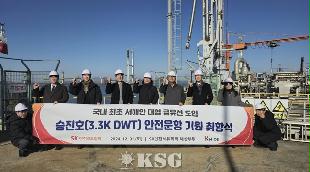

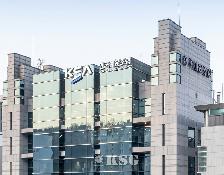
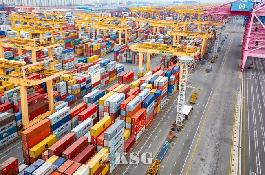
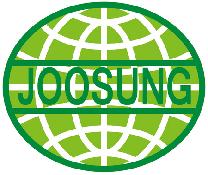

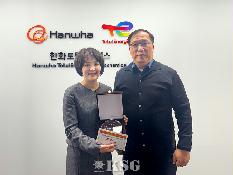

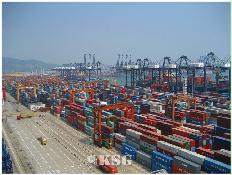
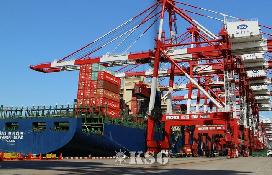
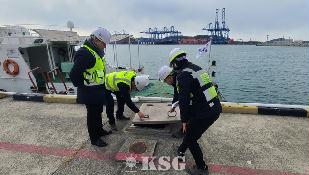
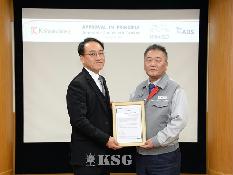
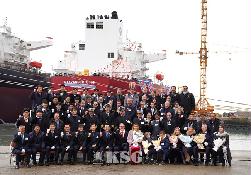

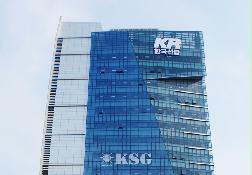

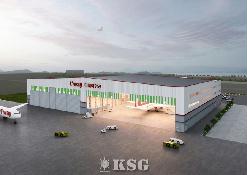
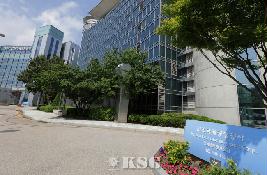

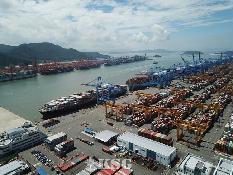
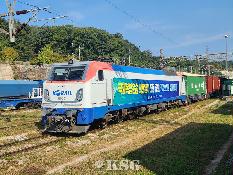
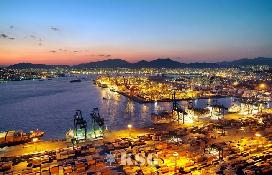
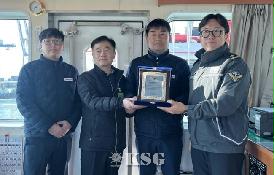
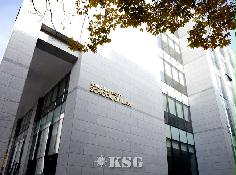
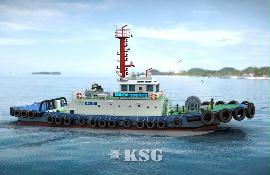
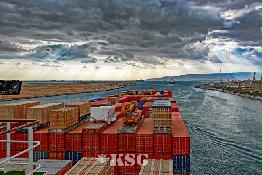








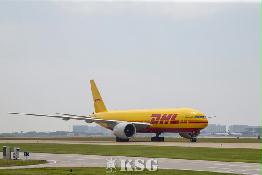
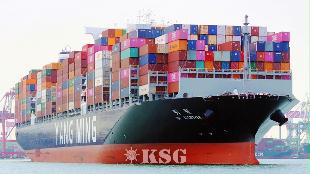
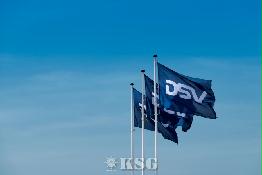
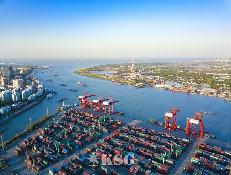









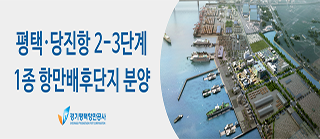












0/250
확인